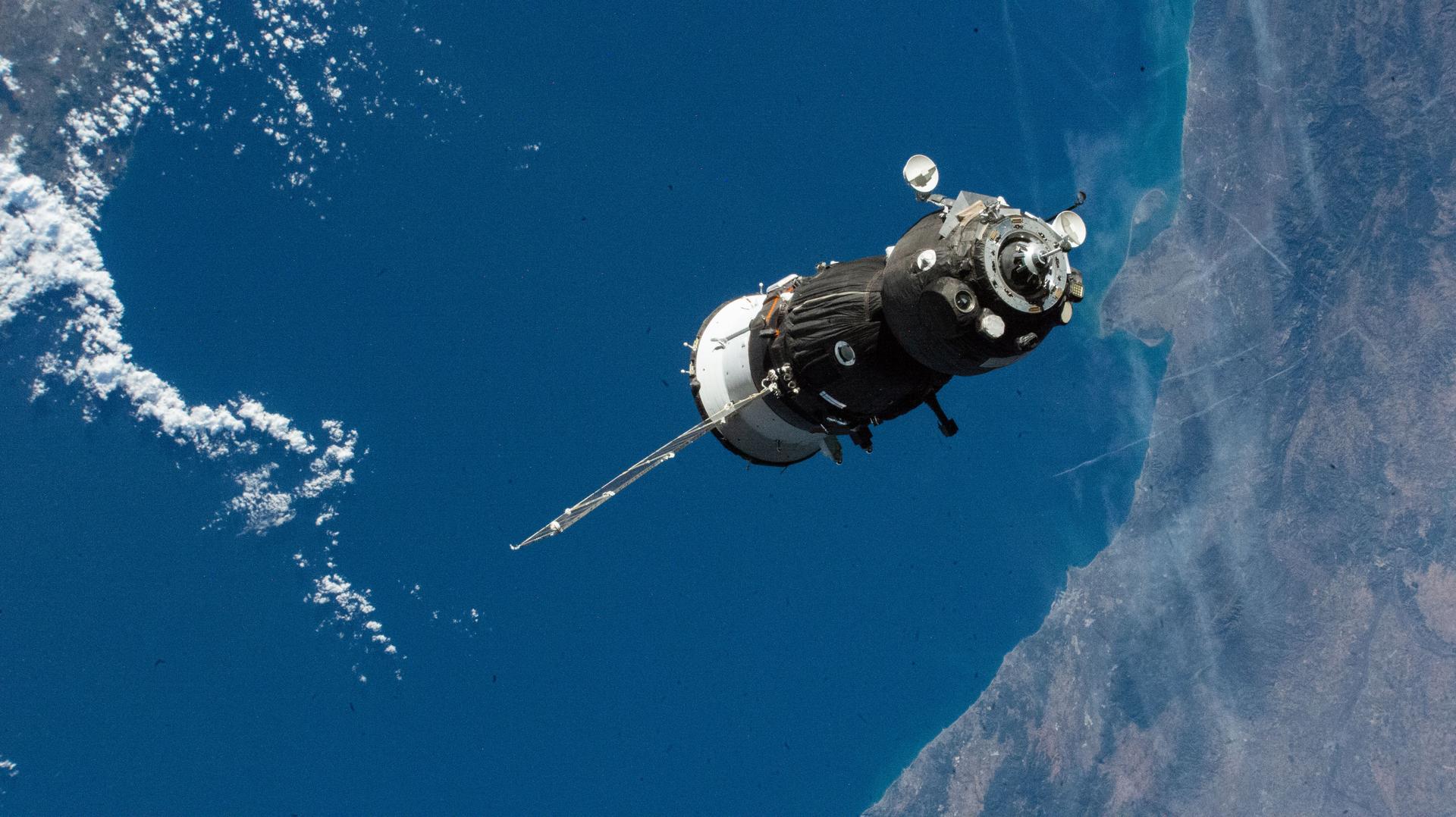Rocket doubleheader: China launches 2 satellite missions 40 hours apart (video)
China just launched two missions less than 40 hours apart, sending three satellites to Earth orbit.
The action began on Saturday (Sept. 24) at 6:55 p.m. EDT (2255 GMT; 6:55 a.m. Beijing time on Sept. 25), when a Kuaizhou-1A solid rocket carrying the Shiyan-14 and Shiyan-15 spacecraft lifted off from northern China's Taiyuan Satellite Launch Center.
The 65-foot-tall (20 meters) Kuaizhou-1A successfully delivered the satellite pair to orbit, where they will perform a variety of work, according to Chinese media reports.
Related: The latest news about China's space program

"The Shiyan-14 will mainly be used to conduct scientific experiments and verify new technologies, while the Shiyan-15 will provide data in the fields of land survey, urban planning and disaster prevention and mitigation," the state-run media outlet Xinhua reported on Sunday (Sept. 25).
The launch was the 18th overall for the Kuaizhou-1A, which is operated by the Chinese company ExPace. That doesn't mean the Kuaizhou-1A is a private rocket, however — not in the Western sense, anyway. ExPace is a subsidiary of the huge, state-owned China Aerospace Science and Industry Corporation.
The second of the two launches occurred today (Sept. 26) at 9:38 a.m. EDT (1338 GMT; 9:38 p.m. Beijing time) from the Xichang Satellite Launch Center, in southwestern China's Sichuan province. A Long March 2D rocket successfully carried the Yaogan 36 remote-sensing satellite to orbit, Xinhua reported.
Breaking space news, the latest updates on rocket launches, skywatching events and more!
Xinhua provided no details about the satellite, but we can probably assume it's a spy satellite of some kind. Western experts believe that the Yaogan satellites — and there are many, as China has also launched multiple sets of Yaogan 35 triplets to orbit this year so far — gather data and imagery for both civilian and military uses.
Mike Wall is the author of "Out There" (Grand Central Publishing, 2018; illustrated by Karl Tate), a book about the search for alien life. Follow him on Twitter @michaeldwall. Follow us on Twitter @Spacedotcom or on Facebook.

Michael Wall is a Senior Space Writer with Space.com and joined the team in 2010. He primarily covers exoplanets, spaceflight and military space, but has been known to dabble in the space art beat. His book about the search for alien life, "Out There," was published on Nov. 13, 2018. Before becoming a science writer, Michael worked as a herpetologist and wildlife biologist. He has a Ph.D. in evolutionary biology from the University of Sydney, Australia, a bachelor's degree from the University of Arizona, and a graduate certificate in science writing from the University of California, Santa Cruz. To find out what his latest project is, you can follow Michael on Twitter.
